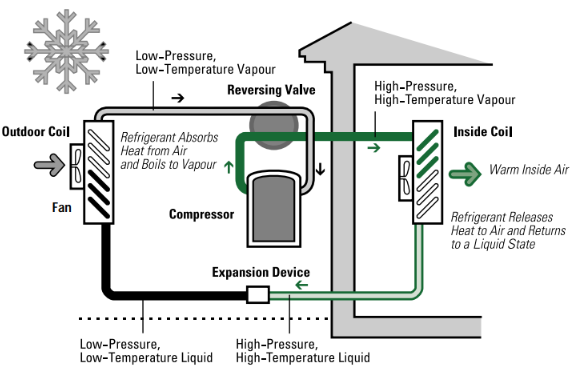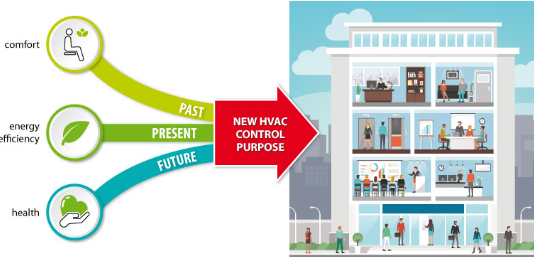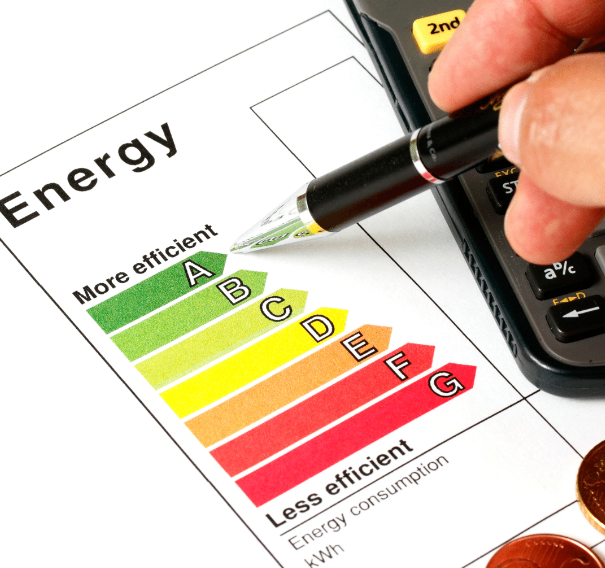13 ways to save energy in HVAC systems - learn in 2 minutes!
2023-04-06.
We specifically mentioned that the HVAC system is composed of the cold/hot source side, the cold/hot distribution side, and the end-use side. Therefore, energy efficiency is also carried out around these three parts, with at least 13 ways to achieve it.
Energy Efficiency on the Cold/Hot Source Side of the HVAC System
In the HVAC system, the energy-consuming equipment on the source side mainly includes refrigeration units and heat pump units. The refrigeration unit needs to be equipped with perfect control and adjustment methods, while the heat pump unit can be combined with renewable and clean energy to achieve energy-saving and emission reduction. The following are 6 ways to achieve energy efficiency on the source side:
Run as many refrigeration units with the highest efficiency as possible at a certain load rate. This can not only achieve significant energy-saving benefits but also provide a higher cooling capacity at a certain input power. Calculate the COP value to make the refrigeration unit operate in the high-efficiency zone. Flexibly set the supply water temperature of chilled water according to the cooling load or outdoor climatic parameters. Reduce the return water temperature of the cooling water based on weather conditions, usually about 2°C higher than the outdoor wet bulb temperature. Recover and reuse the overheated part of the gas discharged from the compressor. Recover and reuse all the condensation heat of the refrigeration and air conditioning equipment.

Energy Efficiency on the Cold/Hot Distribution System of the HVAC System
The distribution system connects the source side and the end-use side, and transfers the cold/hot source to each end-use device through the transmission equipment (water pump), and then provides cold/hot air to the indoor and HVAC service areas through the operation of each end-use device. The following are 3 ways to achieve energy efficiency on the distribution system:
Improve the operating performance of water pump equipment to improve the overall transmission efficiency of the water system. Structurally adjust the water system, for example, use a primary pump system, secondary pump system, fixed water flow rate or variable water flow rate based on the building characteristics. Increase intelligent control methods to enable the water system to flexibly respond to changes in cold/hot load.

Energy Efficiency on the End-Use Side of the HVAC System
Generally speaking, the end-use system of the HVAC system exchanges cold/hot air with the cold/hot source transportation carrier (usually a fan) to supply cold/hot air to the area that needs air conditioning. The characteristics of the end-use system are widespread distribution, many devices, and strong dependence on the usage characteristics of the end-use area. The following are 4 ways to achieve energy efficiency on the end-use side:
Improve the efficiency of end-use air conditioning equipment (fans), such as comprehensive replacement of fans, impeller replacement, or frequency conversion transformation, to achieve energy-saving. Conduct energy-saving transformation and optimized control on the end-use air conditioning system. One important aspect is to effectively control the intake of fresh air in the room, preferably using intelligent control methods. Use heat recovery technology, such as installing an air heat exchanger or using an exhaust heat recovery device. Use a variable air volume (VAV) air conditioning system to automatically adjust the impact of the outdoor environment on indoor temperature and humidity by changing the air volume.

However, regardless of which method is used, it is best to carry out unified energy management from the perspective of the entire system and optimize and adjust it from the system and equipment operation level.





